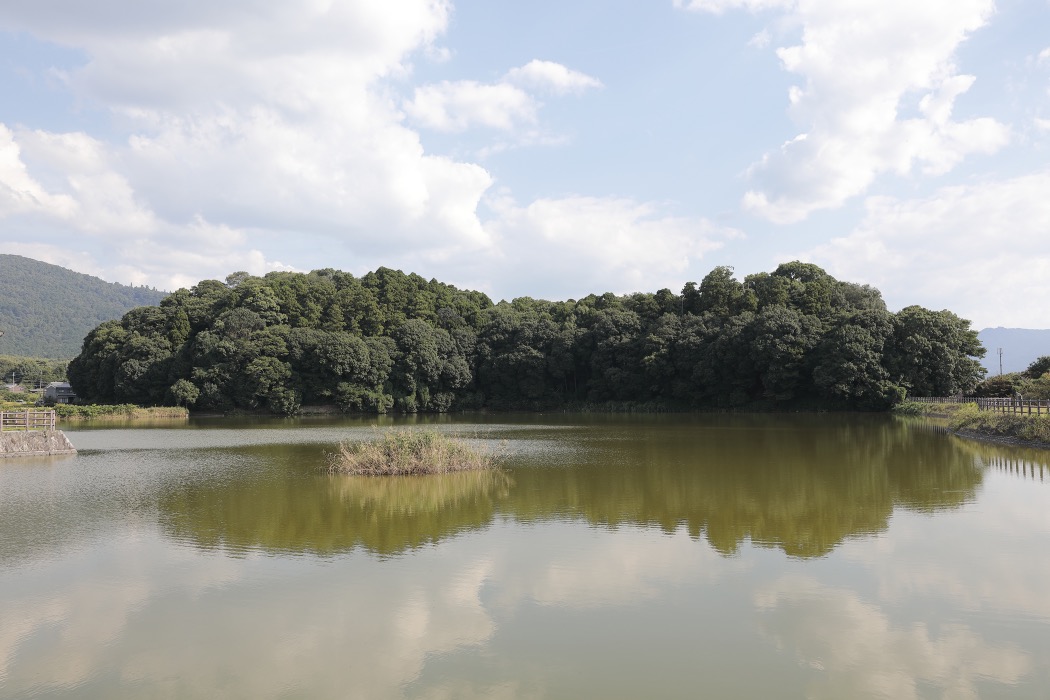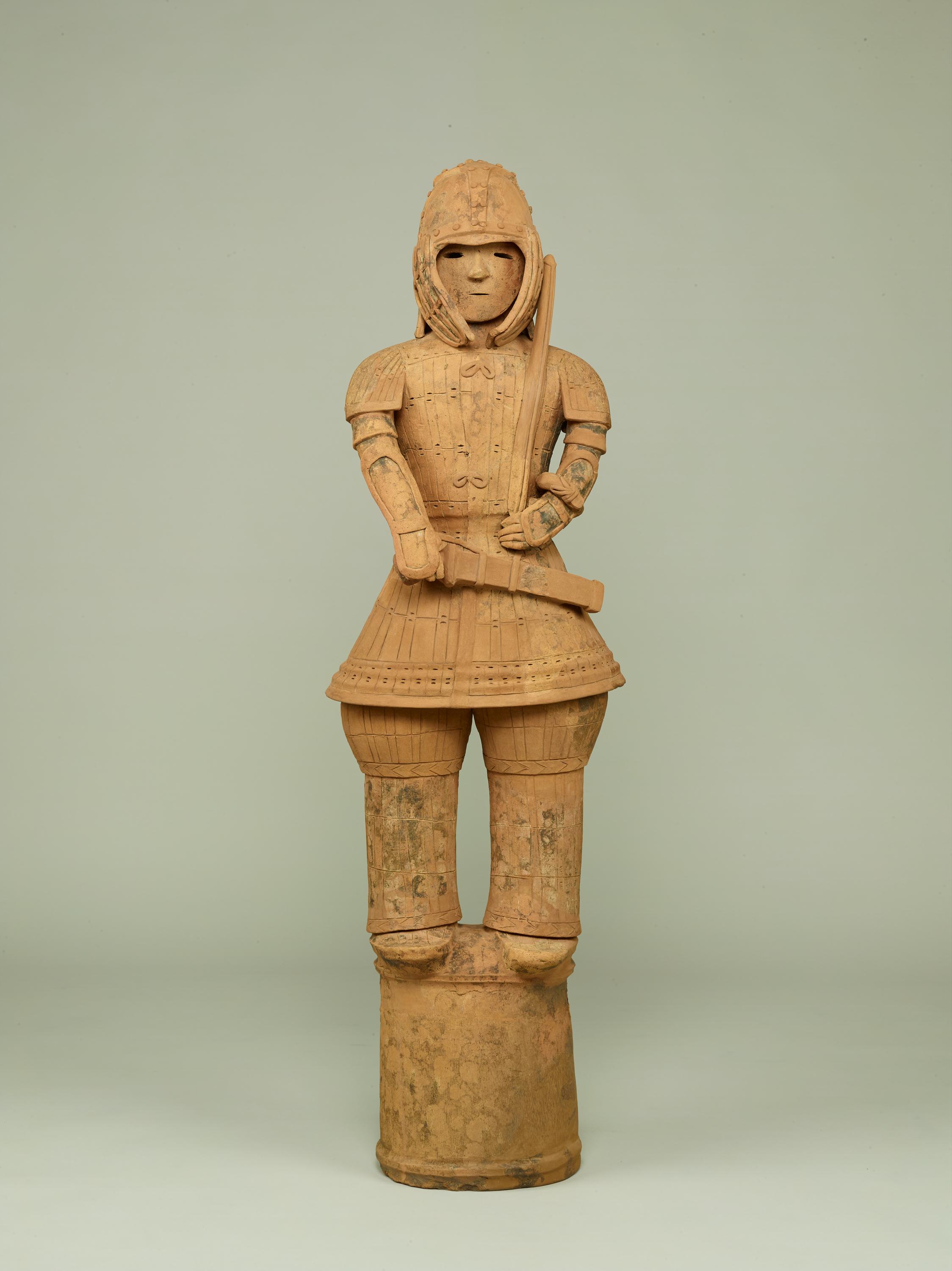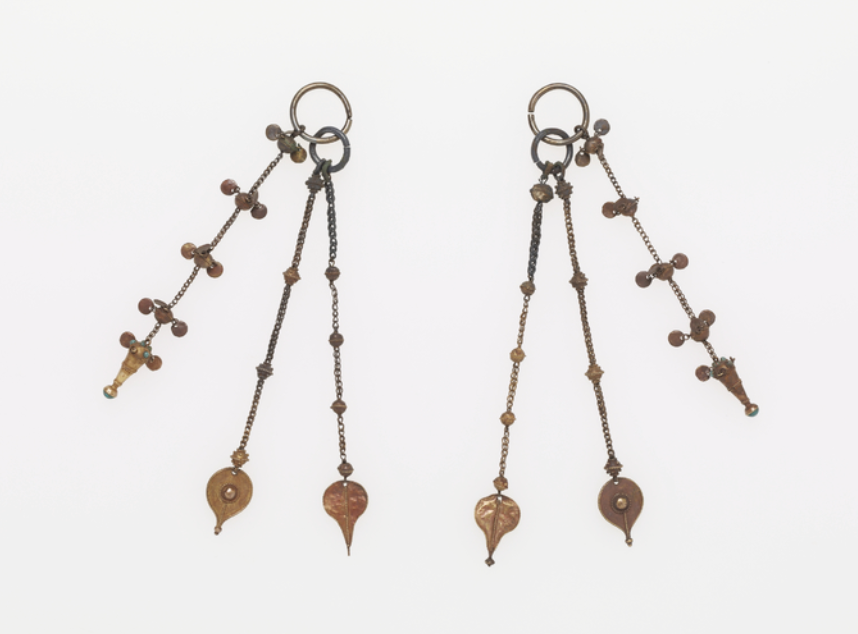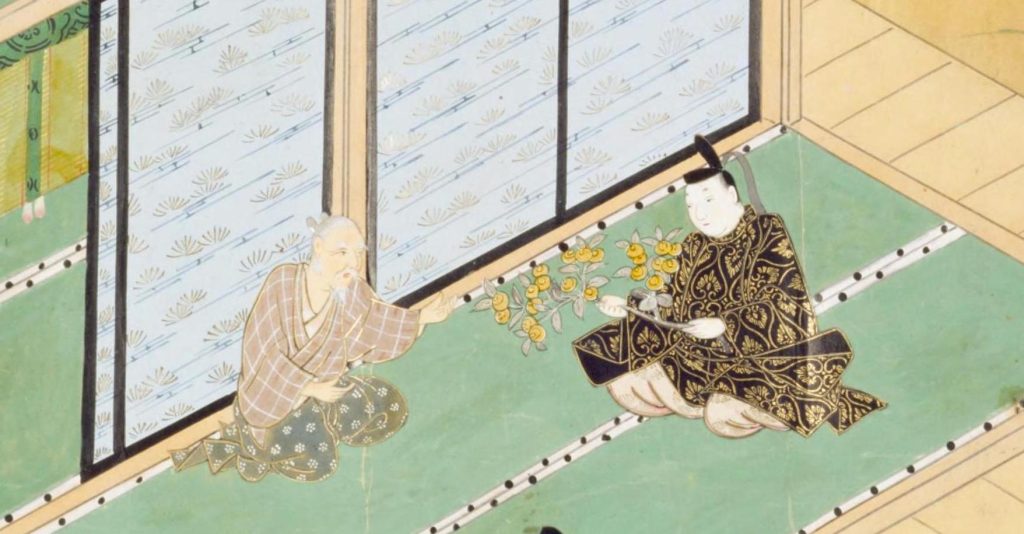The kofun (古墳, ancient tomb) period, which lasted approximately 350 years, is the period from the 3rd to the 7th century when burial mounds were actively built in Japan. The kofun period falls between the Yayoi (弥生) and Asuka (飛鳥) periods, and the shape of Japan’s ancient state was established and founded during this period.
Here we’ll introduce three key points from this period.
The surge in power of those in authority
In the early kofun period (mid-3rd to 4th century), Zenpo koenfun (前方後円墳, keyhole shaped tomb) appeared in the Yamato region, which is now Nara Prefecture. These kofun then spread to various regions, and by the 7th century kofun of various sizes were distributed from southern Kyushu to the central part of the Tohoku region.
Kofun come in a variety of shapes and sizes, including forward-rear, round, square and scalloped burial mounds, and it is estimated that there are as many as 160,000 such kofun in Japan.
The particularly large zenpo koenfun are concentrated in present-day Nara and Osaka prefectures, indicating the growing power of the ‘powers that be’ in these regions during this period.
A representative example is the Daisen kofun (大仙古墳) in Sakai City, Osaka Prefecture, which is believed to be the tomb of Emperor Nintoku (仁徳).
The hashihaka kofun (箸墓古墳) in Sakurai City, Nara Prefecture, is thought to have been constructed in the early to mid 4th century.

The small villages that had emerged during the Yayoi period were subsequently brought together by the ‘Kuni’ (provinces that were governed almost like sovereign states).
The background to this was the spread of iron weapons. The Kuni, who had access to iron, made weapons and yoroi (armor) and used military force to control the people.
Iron was also used in large quantities for cutting fields and building waterways, which led to increased rice harvests and other benefits.
The huge zenpo koenfun show that the power of each of the kunis was ever-increasing.
Foundations for the Ritsuryo State as manifested in YAMATO
During the kofun period, the kuni of various regions became a large group centred on western Japan.
The Yamato regime was thus formed by the top-ranking powerful men and the surrounding powerful clans that supported them.
It was established between the mid-3rd and 4th centuries and was the largest coalition of chiefs and political power in the Kinai (畿内) region.

We know from inscriptions on bronze mirrors and swords excavated from burial mounds that the ruler at the head of the Yamato regime was known as ‘Ookimi (大王)’.
How did the Yamato regime form a powerful political force? This can be seen in the system of the ‘bemin (部民, hereditary occupation group) system’ and the ‘uji shisei (氏姓, clans and hereditary titles) system’, which were the basis of regional ruling policies.
The bemin system divides the people subject to the Yamato regime into several “categories”: the shinabe (品部), a group of engineers; the koshiro (子代) and nashiro (名代), the fiefs of local chiefs who were subject to royal authority; and the kakibe (部曲), the fiefs of the central powerful clan, the ‘kakikabe’ who were the subjects of the central powerful families.
While the local powerful clans were organised into clan-like groups based on individual families, they were also given surnames according to their position and occupation within the court and ordered accordingly. There were about 30 different surnames, including ‘omi
(臣)’, ‘muraji (連)’, ‘miyatsuko (造)’ and ‘atai (直)’.
It was the Yamato regime that adopted these mechanisms and consolidated the foundations for controlling the various local powerful clans. This foundation led to the subsequent structure of the state centred on the emperor.
The crucial role of migrants
People’s lives in this period were not so different from those of the Yayoi period.
However, the technology and culture brought by the migrants from the Korean peninsula gradually changed people’s lives.
One of these is the steamer. This marked the beginning of steaming and eating rice.
It was also during this period that indoor kamado’s (stoves) were built and horses were used for transportation. Horses also changed the face of warfare, and men riding horses began to wear trousers and shoes.
In addition, gilt bronze crowns and earrings with gold applied to the surface of the bronze objects have also been excavated.
At the time, the Korean Peninsula was home to Baekje, Gaya, Silla and Goguryeo, which called Japan ‘Wa (倭)’, and the objects excavated from the kofun show that Japan was actively engaged in exchange with these countries.

This article is translated from https://intojapanwaraku.com/rock/culture-rock/210441/
























